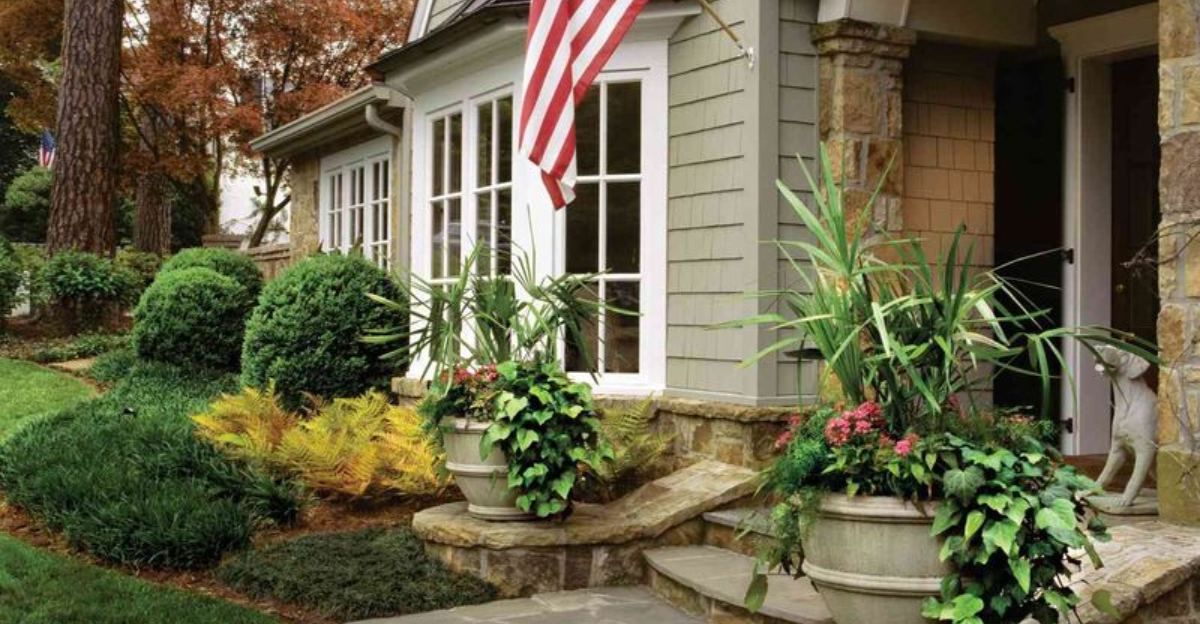Your front walkway creates that crucial first impression of your home. Just like a handshake can set the tone for a business meeting, your pathway welcomes guests and passersby to your personal space.
Unfortunately, many homeowners overlook common issues that can quickly turn an inviting entrance into an eyesore. Professional landscapers and designers have identified several key problems that instantly diminish your home’s curb appeal.
1. Cracked or uneven pavement
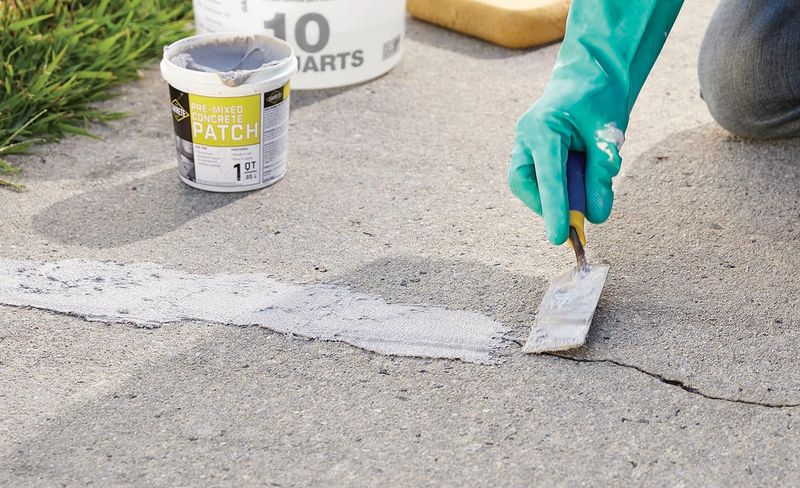
Walking on eggshells might be an expression, but nobody wants to literally tiptoe across broken pavement! Not only does cracked concrete create hazardous tripping points, it signals neglect to visitors. Professional landscapers recommend addressing these issues immediately.
Small cracks can be filled with specialized sealants, while major damage might require section replacement. Regular maintenance prevents both safety risks and costly repairs down the road.
2. Overgrown weeds between stones

Imagine spending thousands on beautiful stone pavers only to let unwanted greenery steal the show! Weeds forcing their way between pavers create a neglected, abandoned appearance almost overnight.
Landscape architects suggest regular treatments with white vinegar or commercial weed killers specifically formulated for hardscapes. Maintaining weed-free joints preserves both appearance and structural integrity of your walkway.
3. Faded or peeling paint on steps
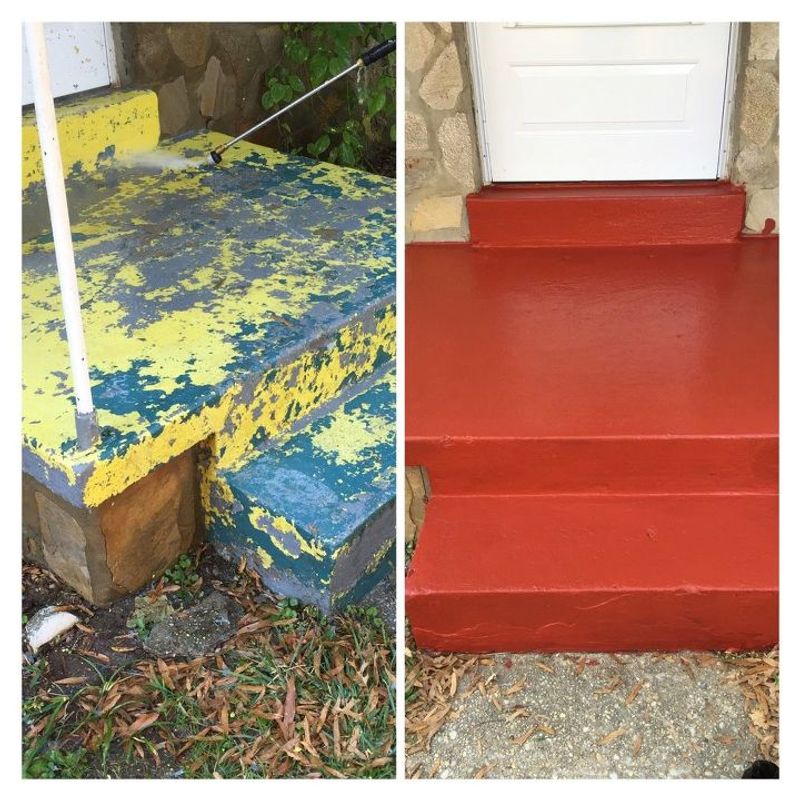
Nothing screams “this homeowner has given up” quite like chipping paint on front steps! When protective coatings fail, not only does your entrance look shabby, but the underlying material becomes vulnerable to weather damage.
Design experts recommend using high-quality exterior paints specifically formulated for foot traffic. Proper preparation including thorough cleaning, sanding, and priming makes all the difference. Choose colors that complement your home’s exterior while providing sufficient contrast for safety.
4. Cluttered or mismatched décor
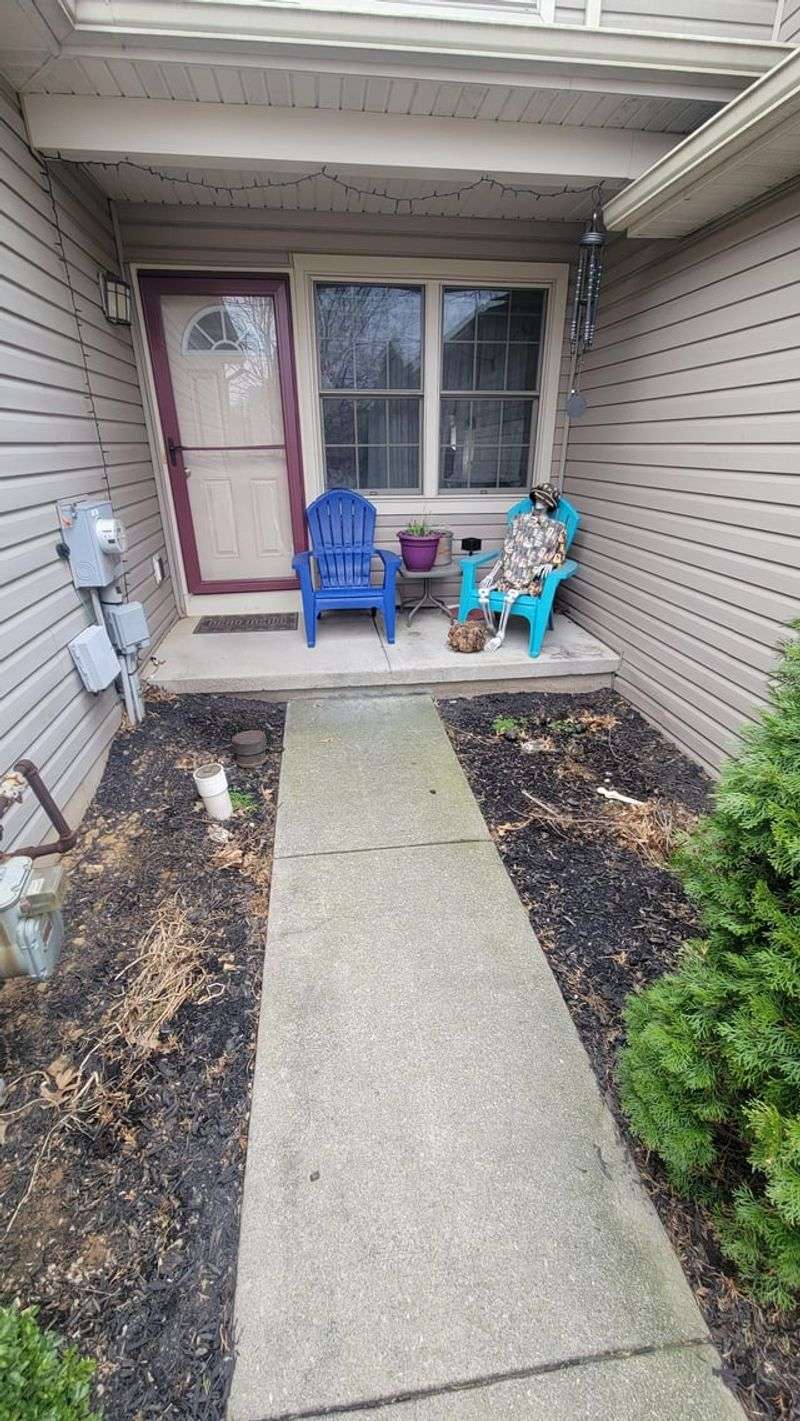
Less is definitely more when it comes to walkway aesthetics! Randomly placed garden gnomes, excessive potted plants, and conflicting decorative elements create visual chaos rather than charm. Interior designers who specialize in outdoor spaces recommend selecting a cohesive theme with limited accent pieces.
Choose quality over quantity, and ensure decorations complement your home’s architectural style. Creating intentional focal points guides the eye pleasingly toward your entrance.
5. Poor lighting or broken fixtures

Stumbling in the dark isn’t just inconvenient—it’s downright dangerous! Inadequate lighting transforms even the most beautiful walkway into a nighttime hazard zone while broken fixtures look sloppy during daylight hours.
Lighting designers suggest layering different light sources for both safety and ambiance. Path lights should illuminate the walking surface without causing glare. Solar options provide eco-friendly solutions, while properly installed low-voltage systems offer reliability and artistic control.
6. Dirty or stained concrete
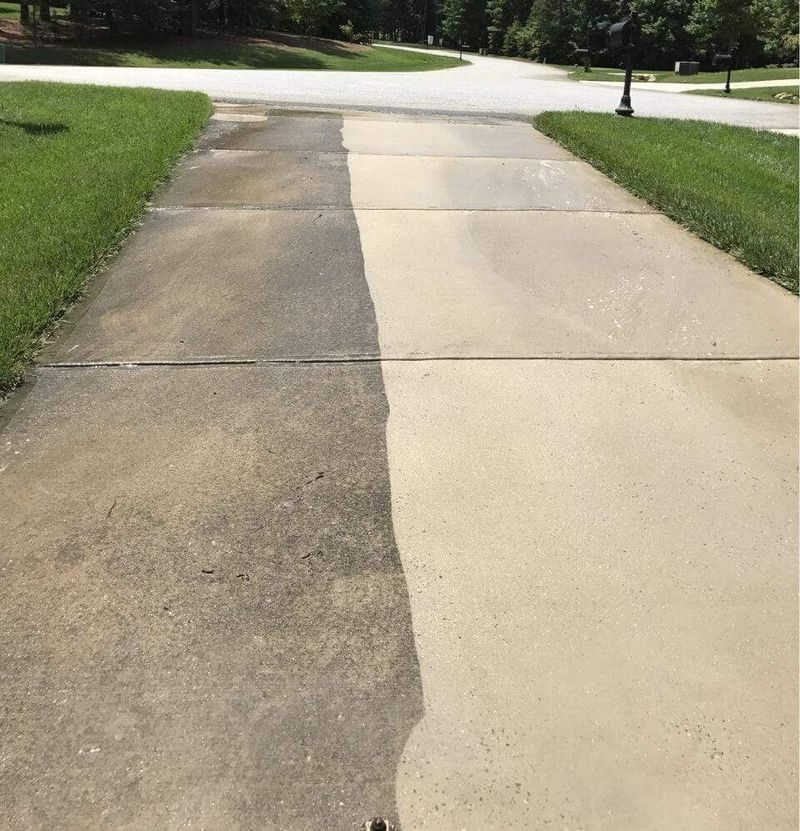
Years of exposure to elements can leave concrete looking more like a crime scene than a welcoming entrance! Oil stains, algae growth, and general grime accumulate gradually, often going unnoticed until they become severe.
Pressure washing professionals recommend annual cleaning with appropriate pressure levels and cleaning solutions. For stubborn stains, specialized concrete cleaners target specific problems like rust, oil, or organic matter. Applying a quality sealer after cleaning prevents future staining and extends the life of your walkway.
7. Inconsistent materials or patchy repairs

Mixing materials or making hasty repairs with mismatched concrete creates a disjointed appearance that detracts from your home’s cohesive design. Landscape architects emphasize planning repairs with matching materials whenever possible.
If you must change materials, create intentional transitions with borders or design elements. Professional installation ensures consistent texture, color, and alignment, resulting in a seamless appearance that enhances rather than detracts.
8. Outdated railings or handrails

Rusty, wobbly, or stylistically obsolete railings age your home’s appearance faster than almost anything else! Beyond aesthetic concerns, deteriorating handrails present serious safety issues for visitors of all ages.
Metal fabricators and designers recommend updating to contemporary styles that complement your home’s architecture. Materials like powder-coated aluminum offer modern looks with minimal maintenance. For traditional homes, wrought iron provides timeless appeal while meeting safety codes.
9. Dead or neglected plants

Brown is definitely not the new green when it comes to landscaping! Withered flowers, yellowing shrubs, and bare patches along your walkway create an impression of abandonment rather than welcome. Master gardeners suggest selecting native species adapted to your climate for minimal maintenance.
Automated irrigation systems prevent drought stress during busy periods. For time-strapped homeowners, low-maintenance perennials and ground covers offer beauty without demanding weekly attention.
10. No clear path or confusing layout
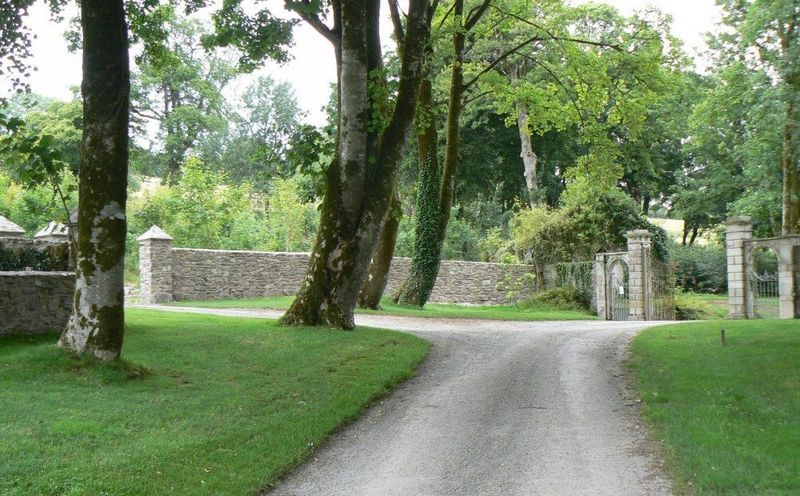
Guests shouldn’t need a treasure map to find your front door! Meandering paths that lead nowhere, unexpected turns, or walkways that bypass the entrance entirely create frustration instead of welcome.
Urban planners emphasize that pathways should provide clear, intuitive direction to your entrance.
Wider paths (minimum 4 feet) accommodate comfortable side-by-side walking. Gentle curves add visual interest without sacrificing functionality, while straight paths create formal elegance in appropriate settings.
11. Obstructive lawn ornaments
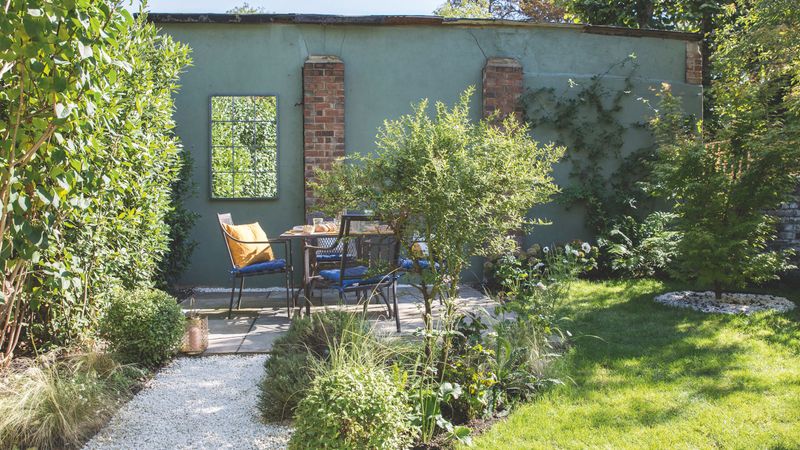
Flamingos and gnomes have their place—just not blocking your walkway! Poorly positioned decorative elements force visitors into awkward sidesteps, creating both physical and visual obstacles to your entrance.
Garden designers recommend placing ornaments in landscaped beds rather than directly on paths. When selecting statement pieces, consider scale—oversized items overwhelm small spaces while tiny decorations get lost in larger landscapes. Quality over quantity prevents the dreaded “yard sale” appearance.
12. Mildew or moss buildup
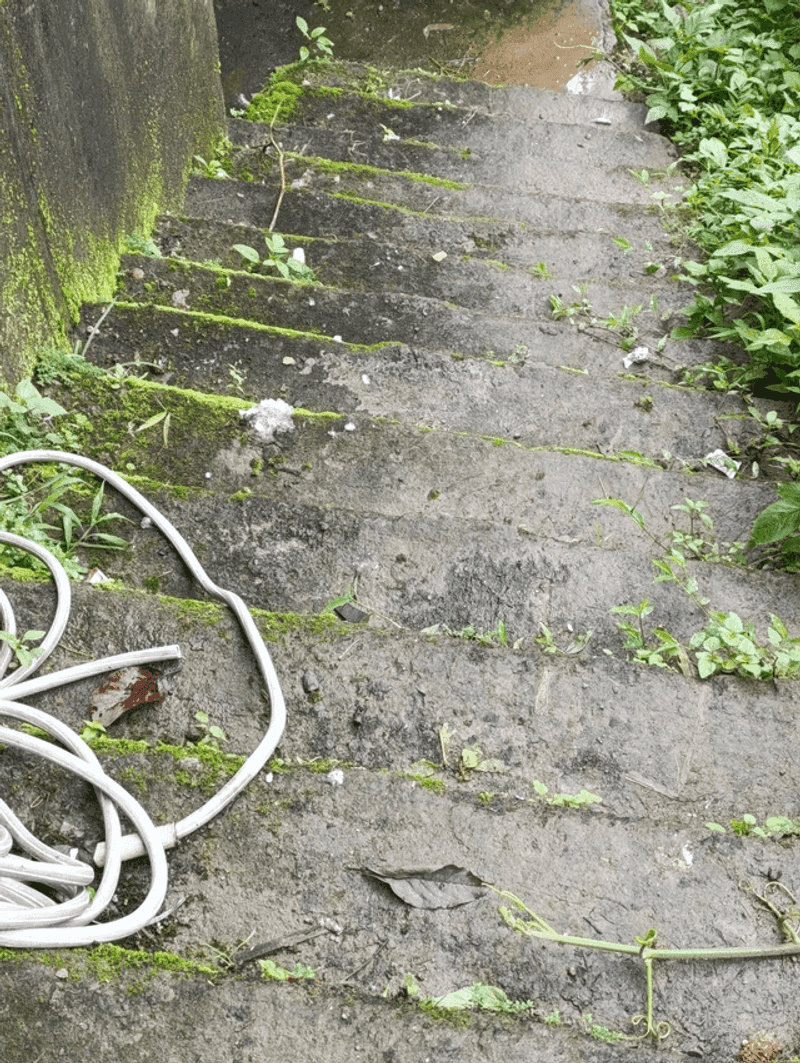
Slippery when wet isn’t just a warning—it’s a liability! Green or black biological growth creates dangerous walking conditions while signaling moisture problems that could affect your foundation. Masonry experts recommend addressing drainage issues first, as standing water encourages organic growth.
Commercial cleaners containing quaternary ammonium compounds effectively eliminate existing growth. For prevention, copper strips installed along walkway edges slowly release ions that inhibit moss and algae naturally.
13. Loose bricks or wobbling pavers

Unstable pavers create not only tripping hazards but also collect water, accelerating deterioration through freeze-thaw cycles.
Polymeric sand between pavers prevents movement while inhibiting weed growth. Regular maintenance catches minor issues before they become major problems.
14. Oversized planters that block the flow

Forcing visitors to perform an obstacle course just to reach your door sends the wrong message! Disproportionately large containers create bottlenecks in traffic flow while overwhelming your home’s architectural features.
Landscape designers recommend selecting planters scaled appropriately to your walkway width. Allow minimum clearance of 36 inches for comfortable passage. Strategic placement creates rhythm and movement without impeding function.
15. Lack of edge definition or border trim
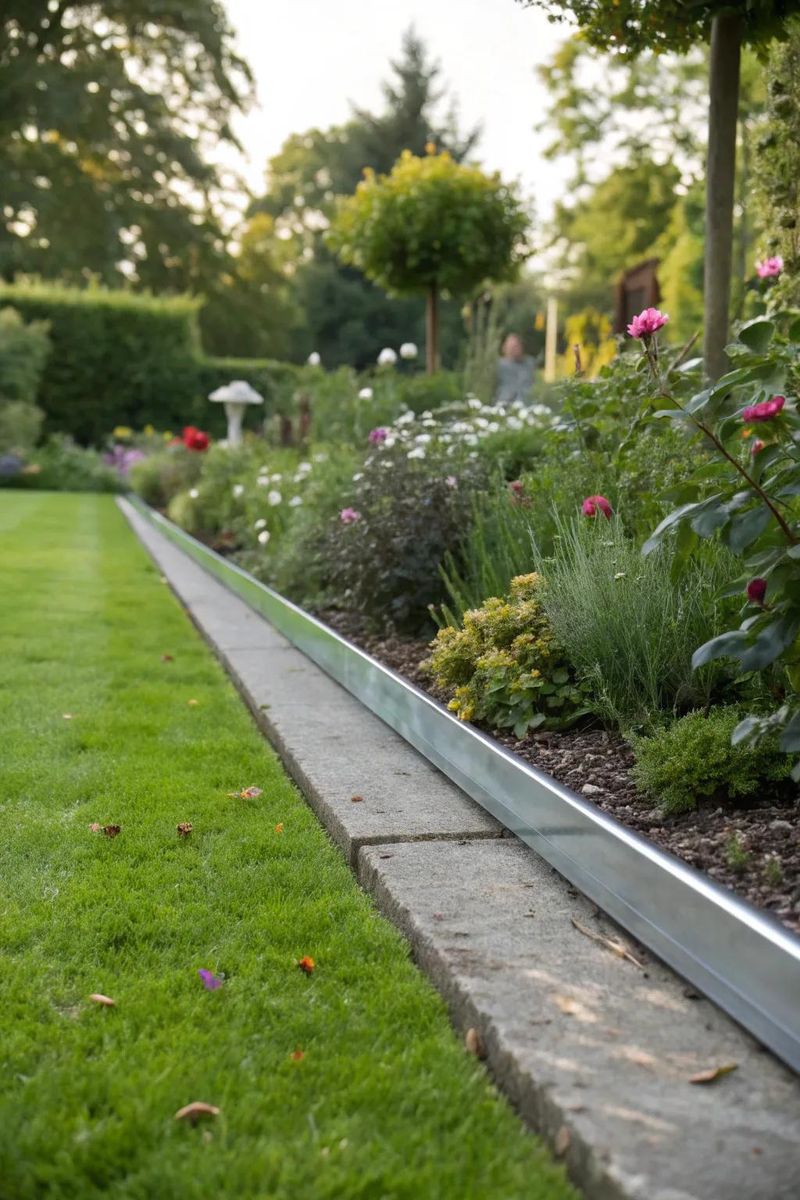
Blurry lines between walkway and lawn create a sloppy, unfinished appearance! Without proper edging, materials migrate, grass encroaches, and the clean lines that define professional landscaping disappear.
Hardscape specialists recommend installing permanent edging materials like steel, aluminum, or stone. Beyond aesthetics, quality borders prevent material loss and reduce maintenance.

